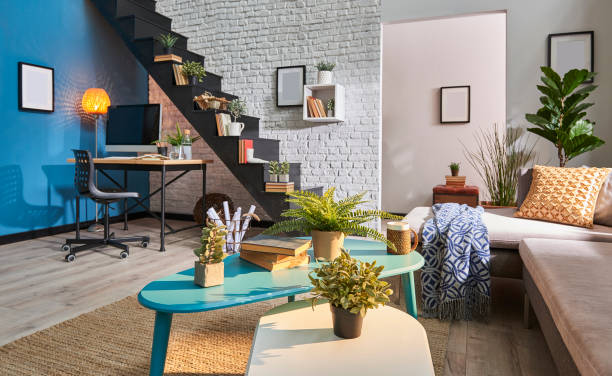Table of Contents
- Why Home Staging Matters
- Key Elements of Effective Home Staging
- Budget-Friendly Staging Tips
- How to Work With Professional Stagers
- Home Staging for Different Seasons
Home staging is a strategic process to prepare a property for sale by enhancing its visual appeal to potential buyers. Through thoughtful arrangement of furniture, decor, and lighting, staging helps highlight a home’s strengths and downplay any shortcomings. The goal is to create an inviting, neutral space that allows buyers to imagine themselves living there, ultimately speeding up the sale and potentially increasing the final sale price.
Staging is particularly effective in competitive markets, where first impressions carry significant weight. For example, in listings like homes for sale in Palm Springs, staging often emphasizes light, openness, and indoor-outdoor flow to align with buyer expectations. This approach demonstrates how tailoring staging techniques to a property’s style and location can impact buyer interest.
Why Home Staging Matters
Home staging holds a pivotal role in a property’s market performance. Research consistently shows that staged homes sell faster but at higher prices than their non-staged counterparts. One primary reason is that homebuyers frequently struggle to envision empty spaces as their potential homes. By offering a tangible experience, staging fosters emotional connections and enhances visual appeal, prompting buyers toward more competitive offers. The emotional pull created by staging is critical in setting the seller’s advantage.
Real estate agents and home sellers alike have discovered that well-staged homes present a narrative of comfort and livability, breathing life into what may be perceived as mundane or uninspired spaces. This powerful tool captivates potential clients and conveys value, enabling homes to outshine the competition in a bustling market.
Key Elements of Effective Home Staging
- Decluttering: Begin the staging process by clearing clutter and personal items, which allows a neutral, organized canvas to emerge. This step showcases the home’s spacious potential and helps buyers visualize their belongings in the space.
- Furniture Arrangement: Thoughtfully arranging furniture highlights room functionality and creates a natural flow. Well-positioned pieces can make even the smallest spaces feel expansive and welcoming.
- Lighting: Effective use of natural and artificial lighting transforms ambiance and mood. Consider modernizing lighting fixtures and using various lighting sources to create a layered, illuminating atmosphere.
- Neutral Decor: Opt for neutral tones in decor to create a universally appealing environment. These hues allow buyers to envision their style while adding a touch of subtle sophistication to the home.
Budget-Friendly Staging Tips
Home staging doesn’t have to be expensive; sellers can enhance a property’s appeal without breaking the bank. Budget-friendly strategies include investing in a fresh coat of paint, updating hardware, and choosing new curtain treatments. Repurposing existing furniture and decor or incorporating strategic pieces can bring a room new life. The aim is to create a clean, inviting space that showcases potential while adhering to financial limits.
How to Work With Professional Stagers
Professional stagers bring expertise and experience that can dramatically enhance a home’s market appeal. When selecting a stager, explore their portfolio to understand their style and ensure it aligns with your vision. Discuss essential details such as target market, property-specific features, and budget to ensure shared goals.
Collaborating effectively with a professional stager can streamline the selling process and provide a significant return on investment by tailoring the home’s presentation to the expectations and aspirations of the target audience.
Home Staging for Different Seasons
Adapting staging strategies to align with seasonal variations keeps listings fresh and dynamic. During winter, integrate warm tones and cozy accents to induce comfort, while in spring and summer, emphasize light, airy decor that heralds openness and vibrancy.
Seasonal adjustments enhance the property’s features and naturally synchronize with buyers’ shifting tastes and lifestyles throughout the year. This strategy ensures that your property remains compelling and relevant, appealing to buyers on multiple sensory levels.



